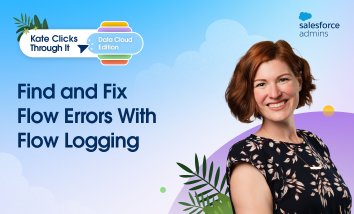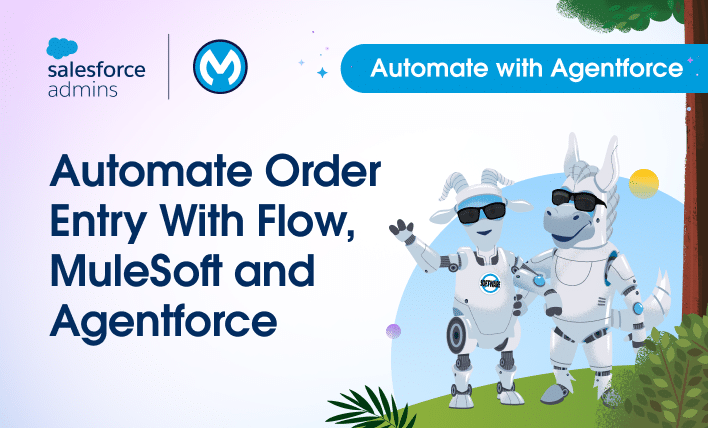Lead Admin Evangelist Jennifer Lee demonstrates how admins can build solutions by integrating siloed systems with Data Cloud to connect and unify all of your data. Plus, learn how to keep your org data clean in preparation for AI innovations by implementing data cleanliness best practices. Watch the demo and then learn more below.






